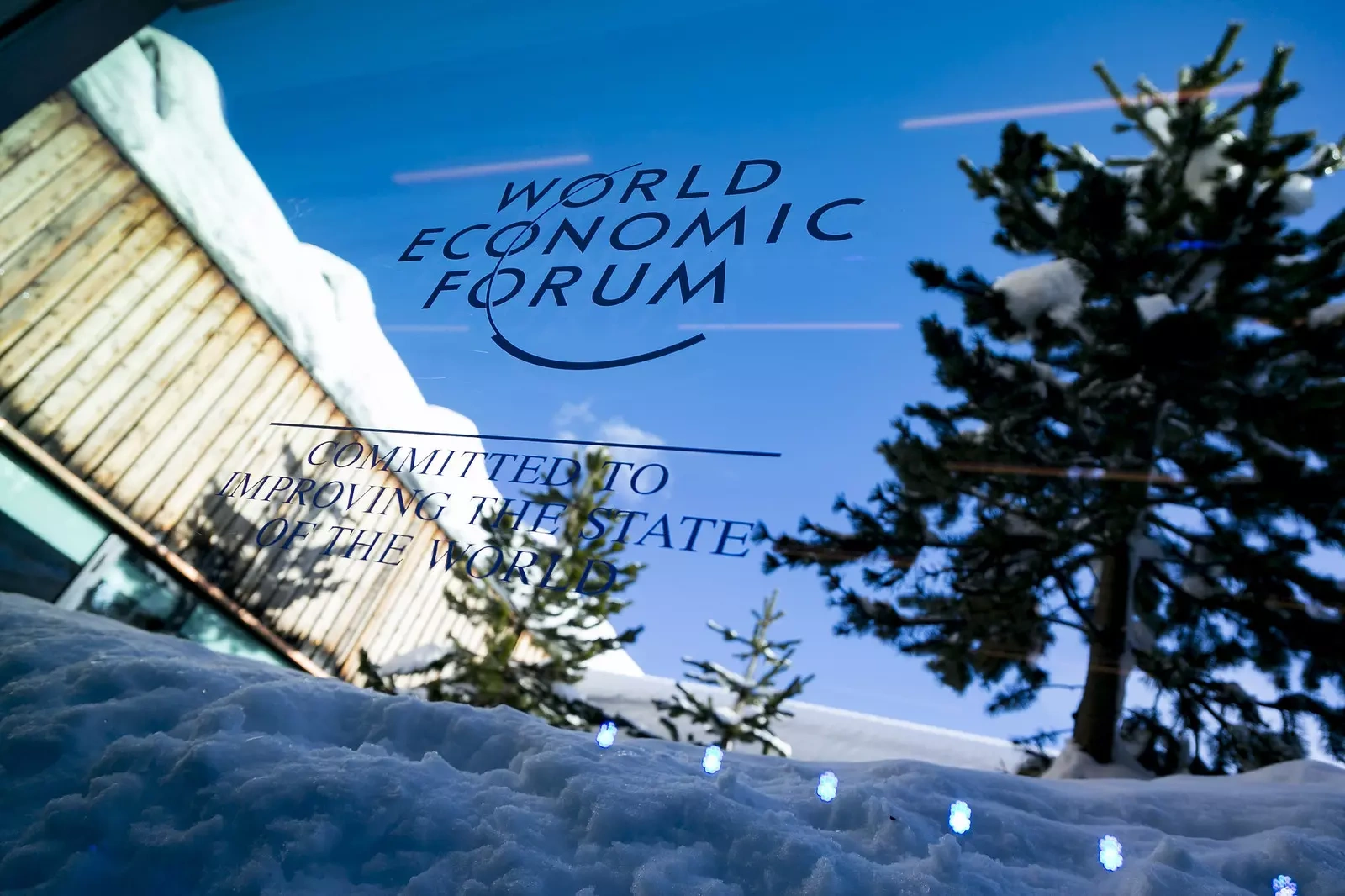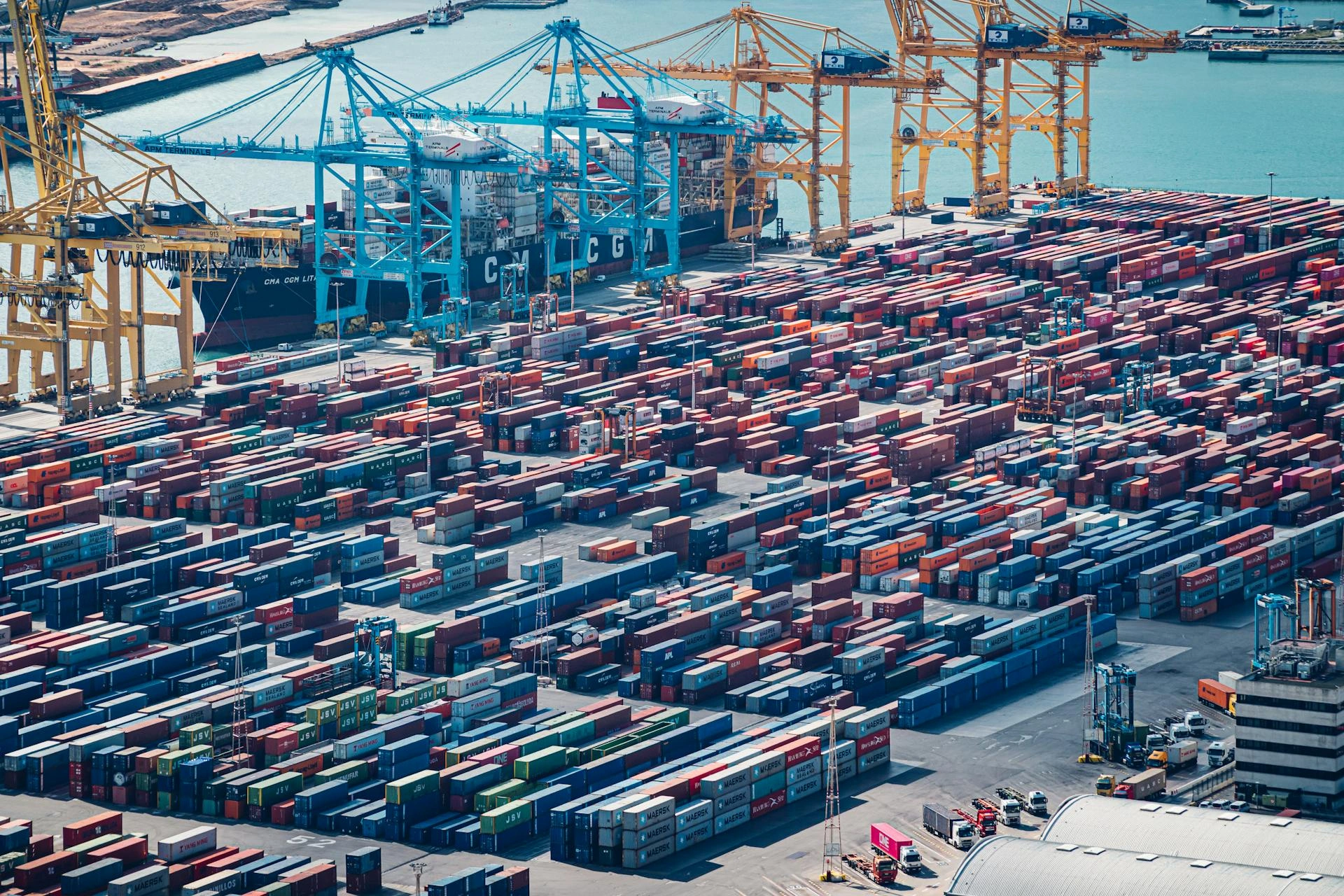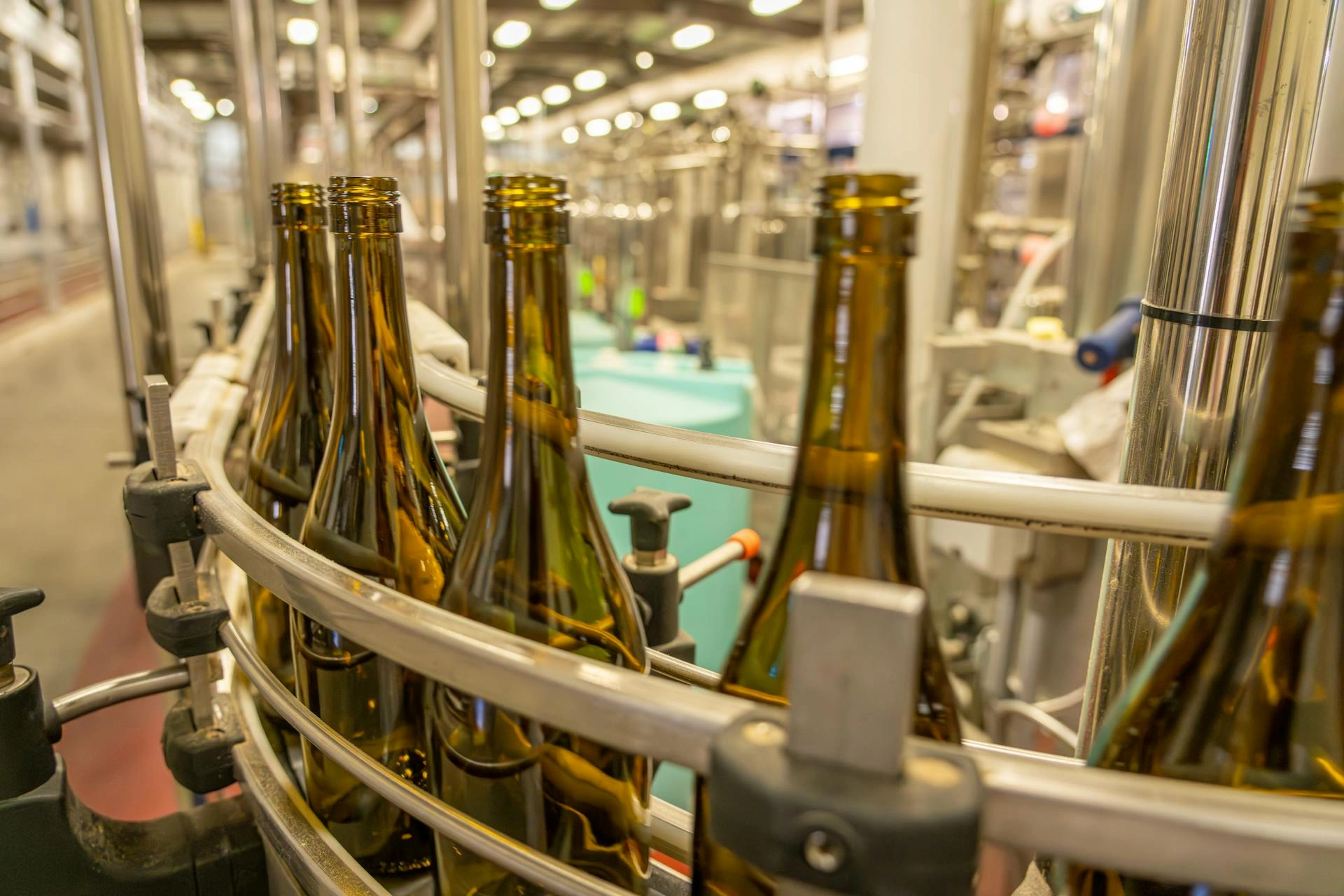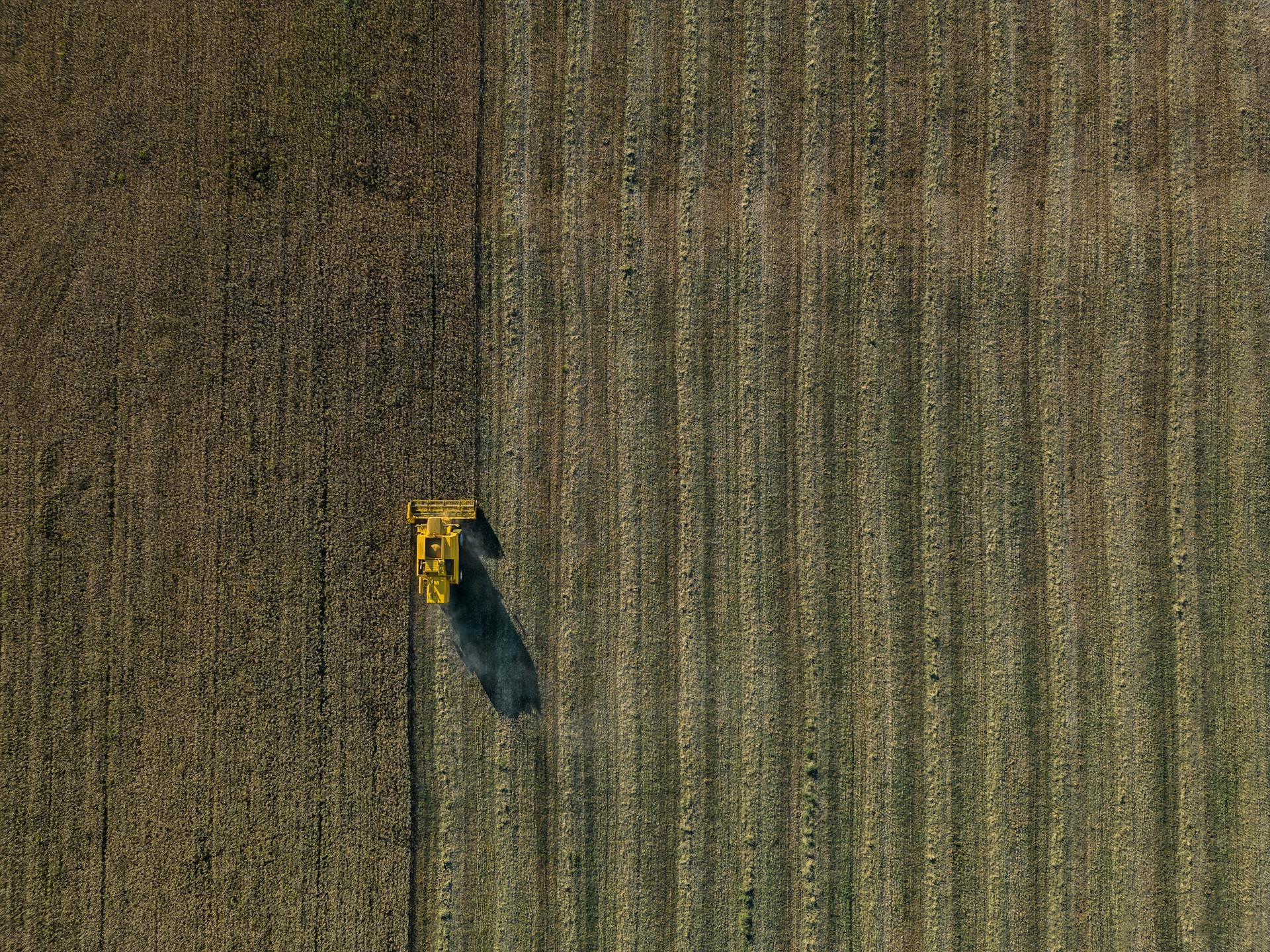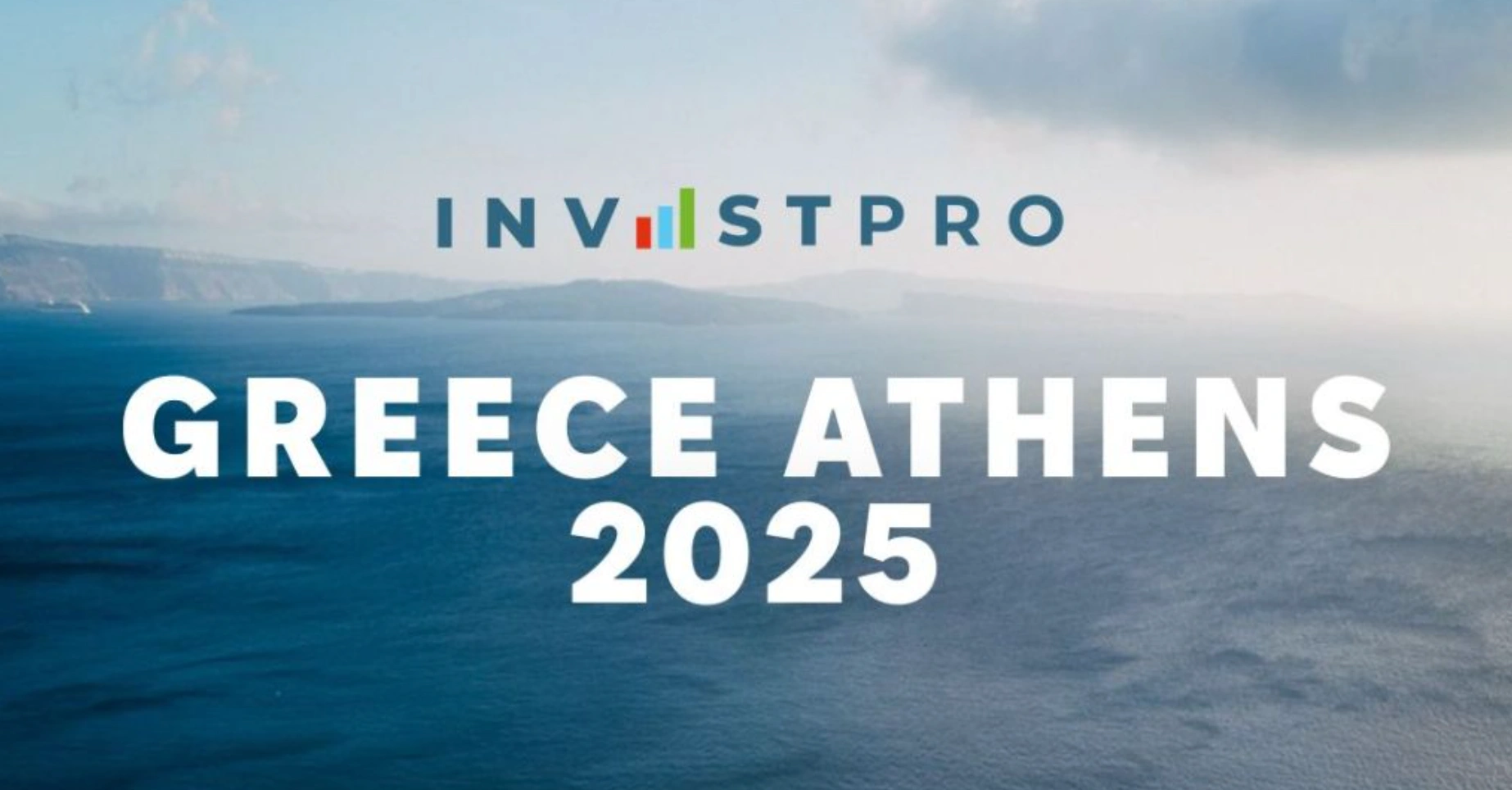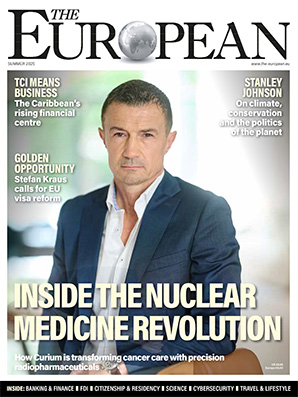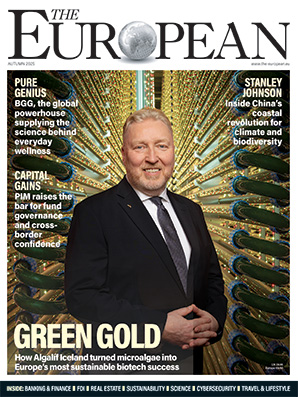Who is really cutting emissions? These satellites will tell us

John E. Kaye
- Published
- Science, Technology
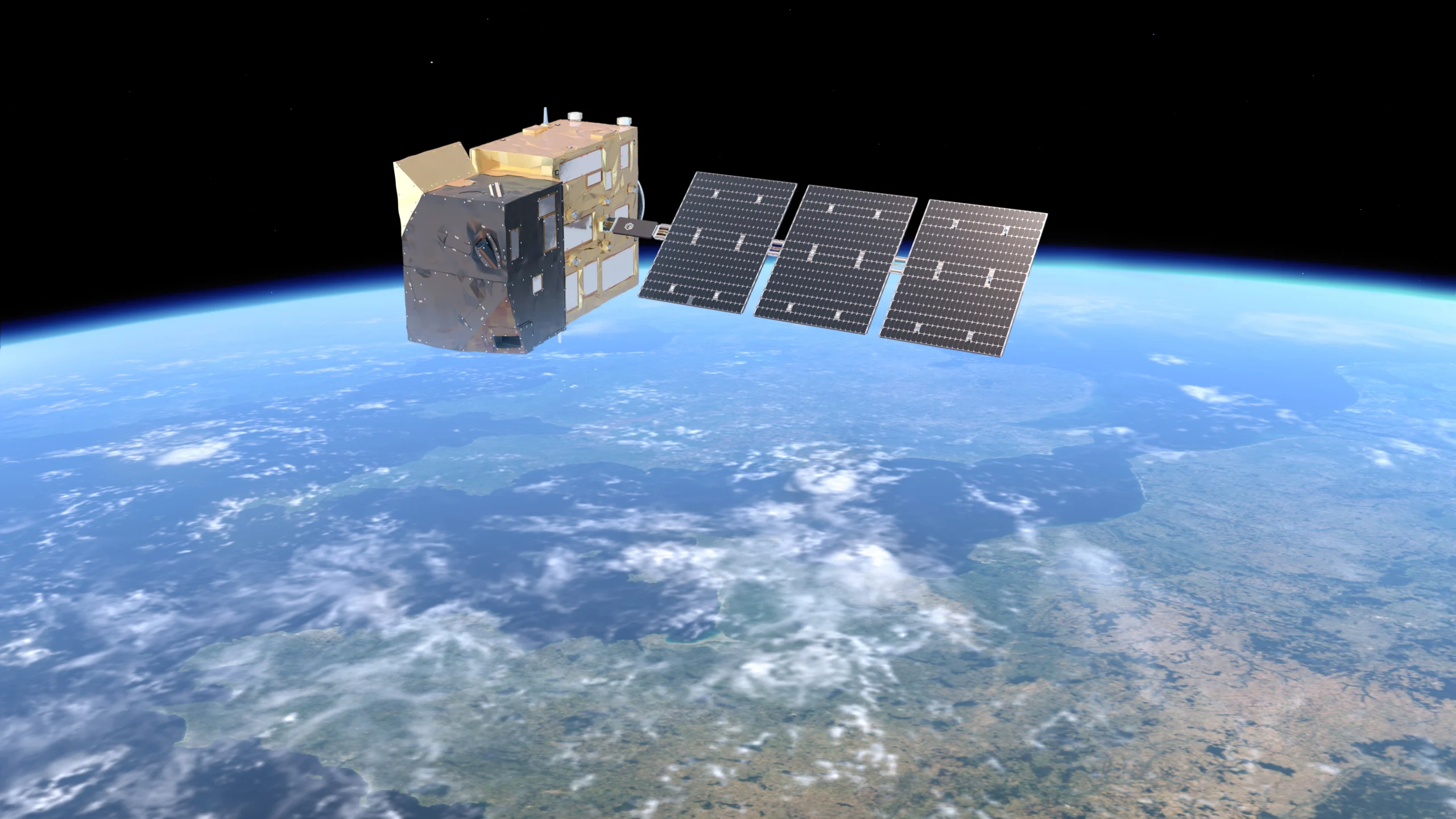
A new European satellite mission is set to transform how we track carbon emissions from space. Developed by the European Space Agency, the Copernicus CO2M mission will provide an unprecedented view of greenhouse gas emissions, caused by humans. This will help scientists, policymakers, and governments to take action in the fight against climate change. The European spoke to Dr Yasjka Meijer, the mission’s lead scientist, to find out how this groundbreaking technology will reshape global emissions monitoring
Every year, human activities pump billions of tonnes of carbon dioxide (CO₂) and methane (CH₄) into the atmosphere. These gases trap heat, drive up global temperatures, and fuel extreme weather events. Scientists have long relied on a mix of ground-based measurements and existing satellites to monitor emissions, but there’s a problem—current methods can’t always tell where the pollution is coming from.
That’s about to change. The European Union and ESA are preparing to launch a trio of cutting-edge satellites – the Copernicus Anthropogenic Carbon Dioxide Monitoring (CO2M) mission – designed to track human-caused emissions with unparalleled accuracy. For the first time, scientists and policymakers will be able to pinpoint pollution hotspots from space, distinguish natural emissions from human-made ones, and verify whether countries are sticking to their climate pledges.
“Current monitoring methods give us a broad picture of global emissions, but they lack the precision we need to identify where the problem areas are,” Dr Yasjka Meijer, Mission Scientist for CO2M at ESA, told us. An atmospheric physicist with over 25 years of experience in remote-sensing techniques, Dr Meijer has been working on satellite-based climate monitoring since 2007. “With CO2M, we’ll be able to detect and measure CO₂ and CH₄ emissions at the scale of cities, industrial sites, and power plants. That level of detail is unprecedented.”
Since the Industrial Revolution, CO₂ levels have risen by over 50%, while methane concentrations have increased by 160%. While methane is less common than CO₂, it is a far more potent greenhouse gas, trapping 80 times more heat over a 20-year period. Human activities—extraction and burning of fossil fuels, deforestation, landfills, agriculture, and industrial processes—are the main culprits behind these rising levels. As emissions continue to climb, the urgency to track and reduce them has never been greater.
Recognising this, world leaders signed the Paris Agreement in 2015, committing to limit global warming to well below 2°C above pre-industrial levels. But to achieve this goal, accurate and real-time data on emissions is essential. At present, countries self-report their emissions, often relying on estimates rather than direct measurement. This leads to inconsistencies, delays, and gaps in the data, making it difficult to assess whether emission reduction targets are truly being met.
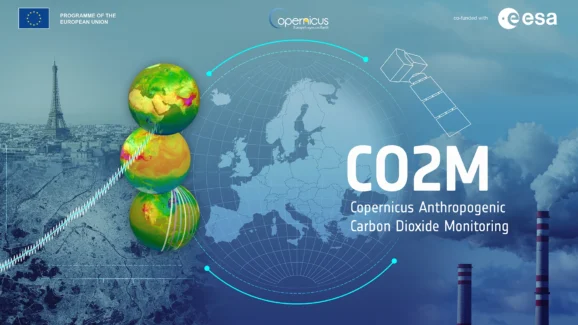
“The reality is that some countries may be under-reporting their emissions—not necessarily deliberately, but because their current tracking systems are not accurate enough,” Dr Meijer, who earned his PhD in Atmospheric Physics from the Technical University of Eindhoven in 2005, said. “CO2M will provide an independent, scientifically verified measurement system that will allow us to compare reported emissions with actual data.”
Current satellites, like the U.S. OCO-2 and Japan’s GOSAT, have provided valuable insights into the carbon cycle, but they weren’t designed to track human-made emissions in real time. That’s where the CO2M mission comes in.
The three identical CO2M satellites will orbit the Earth at an altitude of 735 km, scanning the planet every few days. Each satellite is equipped with a powerful spectrometer, which detects how sunlight interacts with CO₂ and CH₄ molecules in the atmosphere. By analysing these interactions, scientists can determine the concentration of greenhouse gases in different regions.
“Think of it like a giant camera in space, but instead of taking pictures, it captures the unique ‘fingerprints’ of gases in the atmosphere,” Dr Meijer, who has spent much of his career developing next-generation climate monitoring satellites at ESA, explained. “This allows us to see not just how much CO₂ and CH₄ is in the air, but exactly where it’s coming from.”
The satellites will capture data with a resolution of 4 square kilometres—meaning they can zoom in on individual cities, power plants, and industrial sites. Unlike current monitoring methods, which struggle to separate human and natural emissions, CO2M will provide clear, detailed maps showing exactly where pollution is coming from.
Measuring greenhouse gases from space isn’t easy. Clouds, dust, and aerosols can scatter light and distort readings, making it hard to get accurate measurements. Other satellite missions have to discard data from areas with too much atmospheric interference. CO2M solves this problem with an advanced multi-angle polarimeter, which measures how light is scattered by aerosols. This allows scientists to adjust for atmospheric interference, ensuring that data remains accurate even in hazy or polluted conditions.
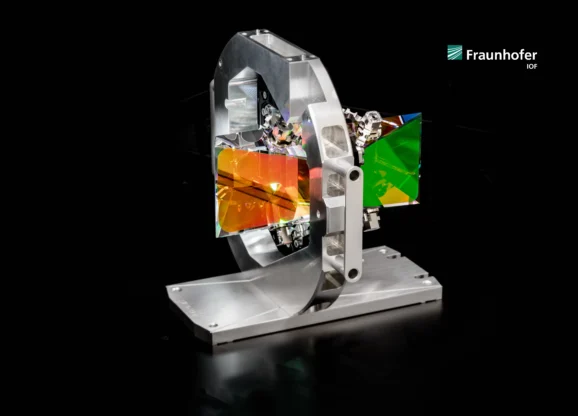
“One of the biggest challenges with satellite-based emissions tracking is that the atmosphere itself can interfere with readings,” Dr Meijer said. “CO2M’s multi-angle polarimeter corrects for this by analysing how light interacts with aerosols, ensuring that we get a true picture of greenhouse gas concentrations.”
The satellites also carry a high-resolution cloud imager, which detects even the thinnest cirrus clouds that might interfere with CO₂ readings. This means CO2M will be able to filter out unreliable data, making it one of the most precise carbon monitoring systems ever developed.
Another key innovation is CO2M’s ability to track nitrogen dioxide (NO₂)—a gas released when fossil fuels are burned. NO₂ is much easier to spot from space than CO₂, making it a useful tracer for human-caused emissions. By measuring CO₂ and NO₂ together, CO2M will be able to pinpoint pollution sources far more accurately than ever before.
“NO₂ is like a marker that tells us exactly where fossil fuel combustion is happening,” Dr Meijer, who is also a member of key international advisory groups on greenhouse gas monitoring, told us. “By combining CO₂ and NO₂ data, we can separate human-caused emissions from natural variations in the carbon cycle. That’s a game-changer.”
CO2M won’t just collect millions of data points; it will also help turn them into useful insights for scientists, policymakers, and climate negotiators. The European Organisation for the Exploitation of Meteorological Satellites (EUMETSAT) will process the data, ensuring its accuracy before it is used in official climate reports.
ESA and the European Union are also working closely with EUMETSAT and the European Centre for Medium-Range Weather Forecasts (ECMWF) to develop the European Greenhouse Gas Monitoring and Verification Support capacity—a broader system that integrates satellite data with atmospheric modelling. Since satellites can only measure concentrations of gases, ECMWF’s models are essential to translate those concentrations into estimates of actual emissions. This capability will be crucial for determining the human contribution to greenhouse gas levels and providing policymakers with robust, actionable data.
Set to launch in 2027, CO2M is part of the Copernicus expansion programme and represents a major technological and collaborative milestone. The mission is being developed by ESA with support from leading industrial partners. OHB in Germany is the prime contractor for the satellite platform, while Thales Alenia Space in France is responsible for developing the mission’s state-of-the-art instruments.
Governments will be able to track progress toward climate targets, businesses will face greater scrutiny over their environmental impact, and scientists will gain a clearer picture of how human activities are affecting the carbon cycle. More importantly, this data will give decision-makers the tools they need to ensure that emission reduction pledges translate into real-world action.
“While this mission is certainly a technological achievement, it is a crucial tool in the fight against climate change,” Dr Meijer said. “With CO2M, we’re giving policymakers the information they need to take action.”
Dr Yasjka Meijer spoke with John E. Kaye
Sign up to The European Newsletter
RECENT ARTICLES
-
 UK and South Korea finalise upgraded free trade agreement
UK and South Korea finalise upgraded free trade agreement -
 Trump lawsuit against BBC raises questions over legal pressure on European public broadcasters
Trump lawsuit against BBC raises questions over legal pressure on European public broadcasters -
 UK government sets up Women in Tech taskforce amid gender imbalance concerns
UK government sets up Women in Tech taskforce amid gender imbalance concerns -
 Mycelium breakthrough shows there’s mush-room to grow in greener manufacturing
Mycelium breakthrough shows there’s mush-room to grow in greener manufacturing -
 Marriott strengthens South African portfolio with new Autograph Collection hotel in Cape Town
Marriott strengthens South African portfolio with new Autograph Collection hotel in Cape Town -
 Oxford to host new annual youth climate summit on UN World Environment Day
Oxford to host new annual youth climate summit on UN World Environment Day -
 Countdown to Davos 2026 as Switzerland gears up for the most heated talks in years
Countdown to Davos 2026 as Switzerland gears up for the most heated talks in years -
 Paribu buys CoinMENA in USD 240m deal as regional crypto markets consolidate
Paribu buys CoinMENA in USD 240m deal as regional crypto markets consolidate -
 AI innovation linked to a shrinking share of income for European workers
AI innovation linked to a shrinking share of income for European workers -
 African airspace overhaul set to shorten flight times for European travellers
African airspace overhaul set to shorten flight times for European travellers -
 Exclusive: Global United Nations delegates meet in London as GEDU sets out new cross-network sustainability plan
Exclusive: Global United Nations delegates meet in London as GEDU sets out new cross-network sustainability plan -
 Fast fashion brands ‘greenwash’ shoppers with guilt-easing claims, study warns
Fast fashion brands ‘greenwash’ shoppers with guilt-easing claims, study warns -
 Europe’s shrinking middle class is turning to the radical right, new study suggests
Europe’s shrinking middle class is turning to the radical right, new study suggests -
 Private sector set to overtake government as main driver of corporate sustainability in 2026, report suggests
Private sector set to overtake government as main driver of corporate sustainability in 2026, report suggests -
 Europe emphasises AI governance as North America moves faster towards autonomy, Digitate research shows
Europe emphasises AI governance as North America moves faster towards autonomy, Digitate research shows -
 JPMorgan plans multibillion-pound tower in Canary Wharf
JPMorgan plans multibillion-pound tower in Canary Wharf -
 Strong workplace relationships linked to higher initiative among staff, study finds
Strong workplace relationships linked to higher initiative among staff, study finds -
 Brexit still hitting poorest hardest as food costs rise and mental health worsens
Brexit still hitting poorest hardest as food costs rise and mental health worsens -
 Global crises reshape household food habits, major review finds
Global crises reshape household food habits, major review finds -
 Sir Trevor McDonald honoured at UWI London Benefit Dinner celebrating Caribbean achievement
Sir Trevor McDonald honoured at UWI London Benefit Dinner celebrating Caribbean achievement -
 Adelphi Masterfil acquires Karmelle to bolster UK machinery manufacturing
Adelphi Masterfil acquires Karmelle to bolster UK machinery manufacturing -
 Cost-of-living pressures push London staff to seek practical perks
Cost-of-living pressures push London staff to seek practical perks -
 AI and scent-science firm Arctech expands into agriculture with Rothamsted base
AI and scent-science firm Arctech expands into agriculture with Rothamsted base -
 Malta PM says future growth hinges on stronger higher-education system
Malta PM says future growth hinges on stronger higher-education system -
 Golden visa surge sets the stage for InvestPro Greece 2025
Golden visa surge sets the stage for InvestPro Greece 2025







